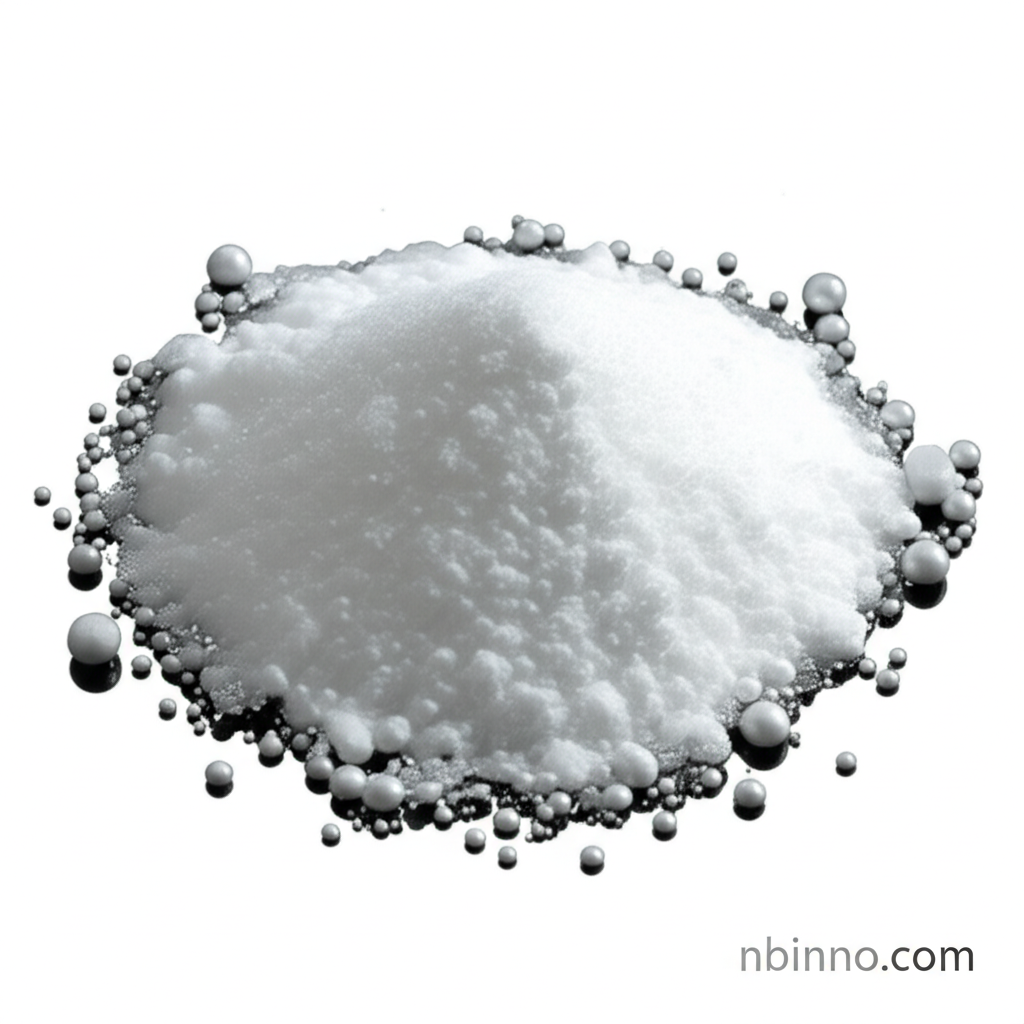Di-p-tolylamine: Properties, Applications, and Synthesis for Advanced Materials
Explore the critical role of Di-p-tolylamine in modern material science and electronic applications.
Get a Quote & SampleProduct Core Value

Di-p-tolylamine
Di-p-tolylamine, identified by CAS 620-93-9, is a crucial white crystalline compound with a molecular formula of C14H15N and a molecular weight of 197.28. It is highly valued for its applications in the development of OLED materials and is frequently utilized in scientific research.
- Discover the unique properties of Di-p-tolylamine, a key chemical intermediate in advanced material synthesis.
- Learn about the critical role Di-p-tolylamine plays in the field of OLED material development, driving innovation in display technology.
- Understand the typical specifications and handling requirements for Di-p-tolylamine, including its white crystal appearance and recommended storage conditions.
- Explore the usage of Di-p-tolylamine in various scientific research applications, highlighting its versatility in chemical synthesis.
Key Advantages Offered
High Purity
Achieve reliable and consistent results in your research or production with Di-p-tolylamine, which is typically supplied at high purity levels exceeding 99%.
Versatile Application
Leverage Di-p-tolylamine as a key building block for OLED materials, contributing to the advancement of electronic displays and lighting solutions.
Established Chemical Intermediate
Benefit from the well-documented chemical properties of Di-p-tolylamine, making it a trusted choice for various organic synthesis pathways.
Key Applications
OLED Material Development
Di-p-tolylamine is instrumental in creating advanced materials for Organic Light-Emitting Diodes (OLEDs), enhancing device performance and efficiency.
Scientific Research
This compound serves as a valuable reagent in diverse scientific research projects, facilitating novel chemical explorations and discoveries.
Organic Synthesis
As a key organic intermediate, Di-p-tolylamine is employed in various synthesis processes, contributing to the creation of complex organic molecules.
Material Science
Its unique properties make Di-p-tolylamine a compound of interest in material science for the development of next-generation functional materials.
